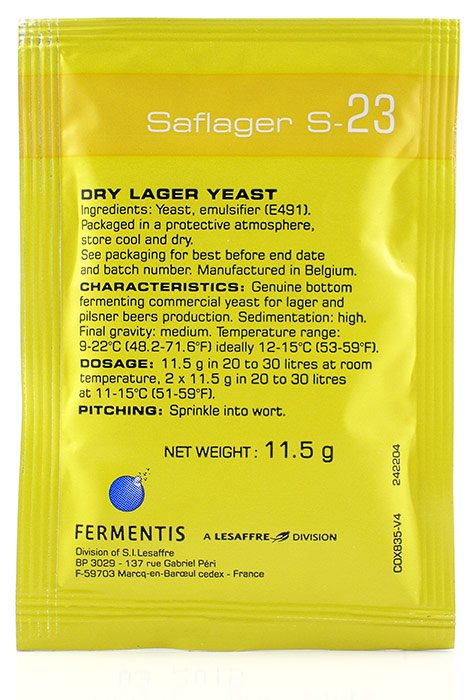
Homebrewers often rely on this empirical method to control their brews, including adjusting them to obtain specific original and final gravity levels.Īll brewers should maintain strict notations of each brew to observe the effects of procedure and ingredient deviations from batch to batch. They depended on keen observations to understand how process changes affected the final product.
#How to homebrew 11.5 trial#
Traditionally, brewers relied on trial and error. While specific gravity sounds very scientific, brewers have only recently made brewing decisions based on brewing science and theory. The fermentation cycle must then produce a final gravity within a specific range, producing the correct alcohol percentage, body, and balance for the style. Being able to measure water additions, boil volume, and wort in the fermenter should be a focus of all homebrewers. Without that capabilities, homebrewers will never maintain consistency. Being able to properly measure volume of the liquid you are brewing is one of the biggest keys to achieve this goal. Or, actually, generate the proper circumstances to produce the solution. To successfully replicate popular beer styles homebrewers must produce a soluble sugar solution with an original gravity measured within that style’s specific range. This is the measurement taken after the yeast is finished consuming fermentable sugars, leaving behind non-fermentable sugars, proteins, and peptides. The other half is final gravity (FG), sometimes called terminal gravity.

Original gravity is one half of the equation that determines alcohol percentage. The first gravity reading measures original gravity (OG), which includes the percentage of soluble sugars available to the yeast to metabolize into alcohol and carbon dioxide.

For example the density of a five-gallon (19-L) extract brew using seven pounds (3.2 kg) of dried malt extract should measure 1.063 specific gravity after boiling for an hour, cooling, and mixing well with pre-boiled water.

Expressed as specific gravity, this density represents the amount of soluble matter, such as sucrose, dissolved in water. Armed with a hydrometer, experienced homebrewers can construct a beer from the ground up, starting with specific gravity.Ī hydrometer measures the density of a liquid solution by comparing the weight of that solution with the weight of pure water, measured as 1.000 at 60 ☏ (16 ☌). Homebrewers thrive on the challenge of recreating the round malts and bracing hops of popular beer styles. When your neighborhood pub stops serving your favorite English bitter, what can you do? Make your own, of course.


 0 kommentar(er)
0 kommentar(er)
